Tina Louise: Her Incredible Journey from Broadway to 'Gilligan's Island'
For much of her career, actress Tina Louise has waged an internal struggle between gratitude and utter frustration when it comes to her role as movie star Ginger Grant on the 1960s' television sitcom Gilligan's Island.
She arrived on the 1964 to 1967 series with an extensive career on the Broadway stage and the big screen, happily embodying the sex symbol roles that Ginger would certainly consist of as well, while also doing her best to push back against it. Where her struggle comes in is from the fact when the series ended its run — though it's never been off the air thanks to reruns — Ginger and Gilligan's Island was all that the public and producers saw her as.
Must-Read: The 1960s — Your Guide to 60 Classic (and Not So Classic) TV Sitcoms and Where to Stream Them
Make no mistake, she did work, appearing in 30 movies and television films between 1967's The Seventh Floor and 2019's Tapestry, and there were many television guest appearances (the last being 1999's L.A. Heat) and a main role on 1984 to 1985's Rituals. But perhaps the most intriguing part of the Tina Louise story is the journey she went on that resulted in her stranded — literally and figuratively — on that desert island with six other castaways.
The Early Days of Tina Louise
Tina Louse was born on February 11, 1934 in New York City and began studying acting, singing and dancing at the age of 17 under the tutelage of Sanford Meisner at the Neighborhood Playhouse Scool of the Theatre in Manhattan.

(Earl Leaf/Michael Ochs Archives/Getty Images
As she reflected to The Boston Globe in 1958, "I was born in Manhattan and went to high school in Westchester. I decided to become an actress when I was 17 and I went to the University of Miami, because a girlfriend of mine was there and she raved all the time about the football team. I didn't think much of the football team or the drama department, so I went back to New York."
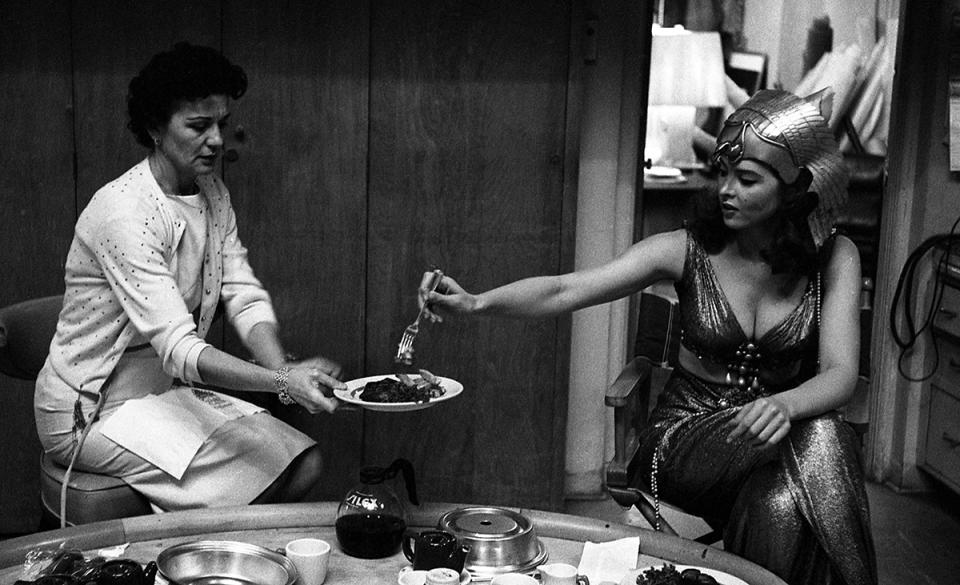
Richard C. Miller/Donaldson Collection/Getty Images
While the phrase debutante is not exactly in fashion these days, what it means is that a young woman of aristocratic or upper-class family background has reached maturity and is presented to society at a formal "debut" or even a debutante ball. This is how Tina Louse initially came to people's attention after she's returned to New York and turned 18.
In a headline reading "Tall Redhead Steals Show as 111 Debs Are Presented," the Fort Worth Star-Telegram offered in 1952, "A tall, lush red-haired deb who doubles as a Broadway actress stole the show Monday night as 111 debutantes bowed at the first presentation of the winter season. Miss Tina Louise Myers, 18, green-eyed and 5 feet 9 in her stocking feet, got a good grip on the title of 'Deb of the Season' in spite of competition from a collection of top socialite names. And Tina, a working deb with ambitions toward Hollywood, can be seen nightly in an an abbreviated costume in the Bette Davis revue doing what you might call a 'cooch' dance."

Silver Screen Collection/Getty Images
And to give a taste of the kind of news items she was generating, on February 5, 1953, the Sun-Tatter wrote, "Tina Myers, the beauteous young debutante-chorine, was a pupil of Hollywood's June Justice in New York City. Miss Justice is predicting 'great thing in the theater' for her." A few months later, the El Paso Times added, "Tina Myers, the beauteous young debutante who last season had New York at her feet when she appeared in the Bette Davis Revue, Two's Company, at the same time she was observing the activities of her coming out during the Cotillion search announcing that acting will be her future."
It continued from there, with the Buffalo Courier Express writing on August 22, 1954, "A year and a half ago, Tina Louise Myers, then 18, was leading a double life. As the daughter of wealthy industrialist John Myers, she was living in a luxurious Fifth Avenue apartment and making her bow to Society with 111 other New York debutants. At the same time, she was breaking into the theater as a chorus girl on Broadway in the musical comedy Two's Company.

Silver Screen Collection/Getty Images
"Today, at 20," they added, "Tina Louise (she's dropped her daddy's surname professionally) is concentrating her efforts on theater. She's done a little singing and a little acting in The Fifth Season, on TV shows and the recently-closed review Almanac. She still lives with the folks and keeps her finger in the social whirl, but her heart's in show business now and she's going to make her way there, she vows, without any help from her family."
She did get some help from composer and playwright Noel Coward, according to the Lancaster New Era on November 30, 1955, which noted, "Apparently curvaceous Tina Louise covers even more ground than her most ardent admirers suspect. Somehow or other, she has become a protege of Noel Coward. Every week, she sends a recording of her voice to his retreat in the Bahamas, and the Great Man promptly writes her a critique and advice."
MUST-READ: Jim Backus — Remembering the Man Who Gave Us Mr. Magoo and Mr. Howell from 'Gilligan's Island'
Tina Louise: Broadway Bound
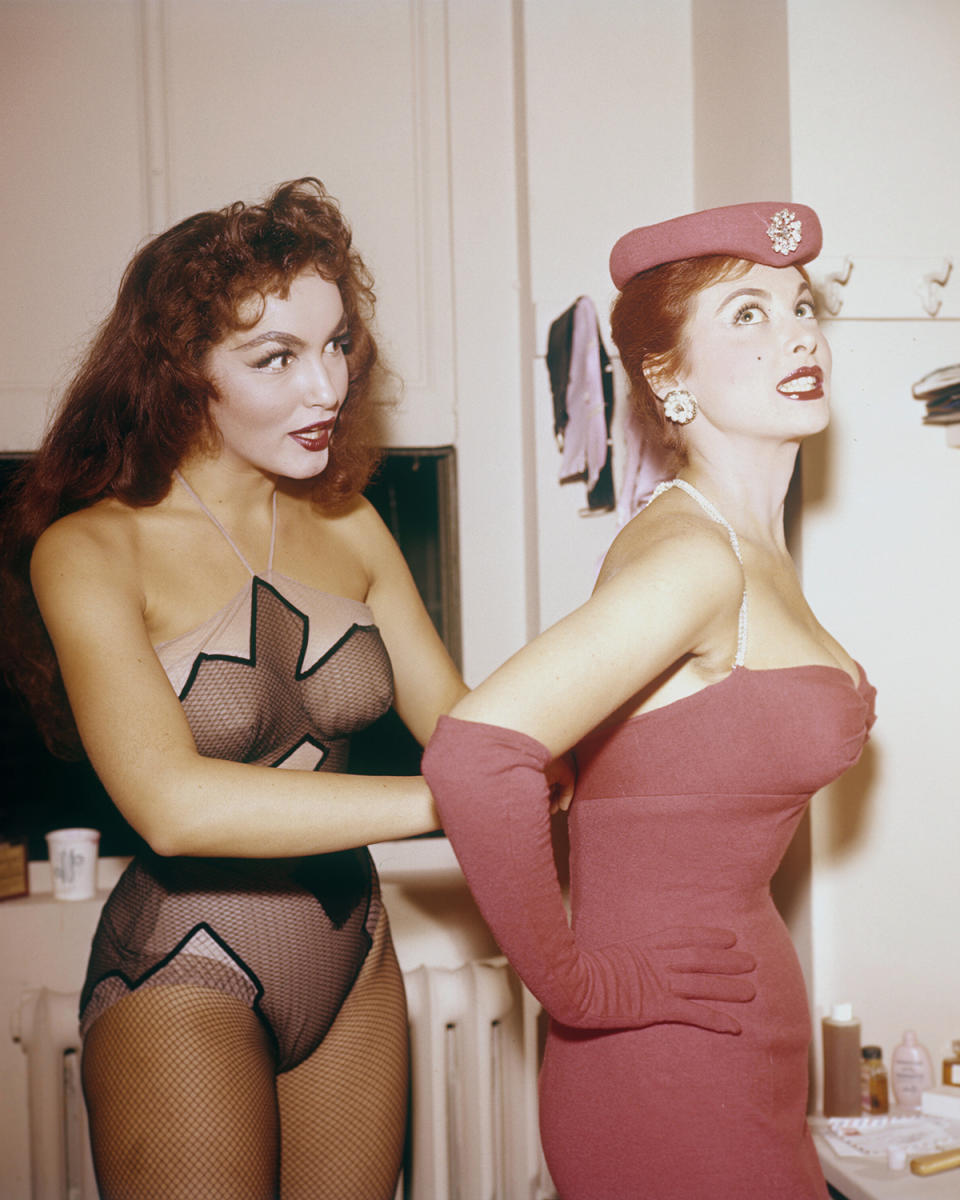
Silver Screen Collection/Getty Images
Tina made her acting debut in the aforementioned Two’s Company, a musical revue starring Bette Davis, which was followed by appearances on Broadway in John Murray Anderson’s Almanac and The Fifth Season (both 1953), Will Success Spoil Rock Hunter? (1955) and — alongside Julie Newmar — Li’l Abner (1956). It was the latter that truly got her a lot of attention.
MUST-READ: Julie Newmar — A Look at the Life, Loves and 70-Year Career of the Original Catwoman
"The new Jayne Mansfield of Broadway is the tall red-haired traffic-stopper named Tina Louise," enthused The New Tribune on December 30, 1956. "There's nothing tiny about Tina, and the menfolk literally gasp when 'Apassionata Von Climax' bounces on stage in L'il Abner. When she struts down Fifth Avenue, it's even worse. Sewer diggers freeze their pickaxes in midair and scream, 'Hey, Red!' at this gorgeous giantess who, for fun, may strip off her mink coat and go over to a hole in the street and dig with them. Naturally, they dig her after that. At 22, she's praphrased the modern Broadway girl's philosophy about not wearing too many clothes. 'Leave a little to the man's imagination, but don't tax it too much,' is Tina's advice."
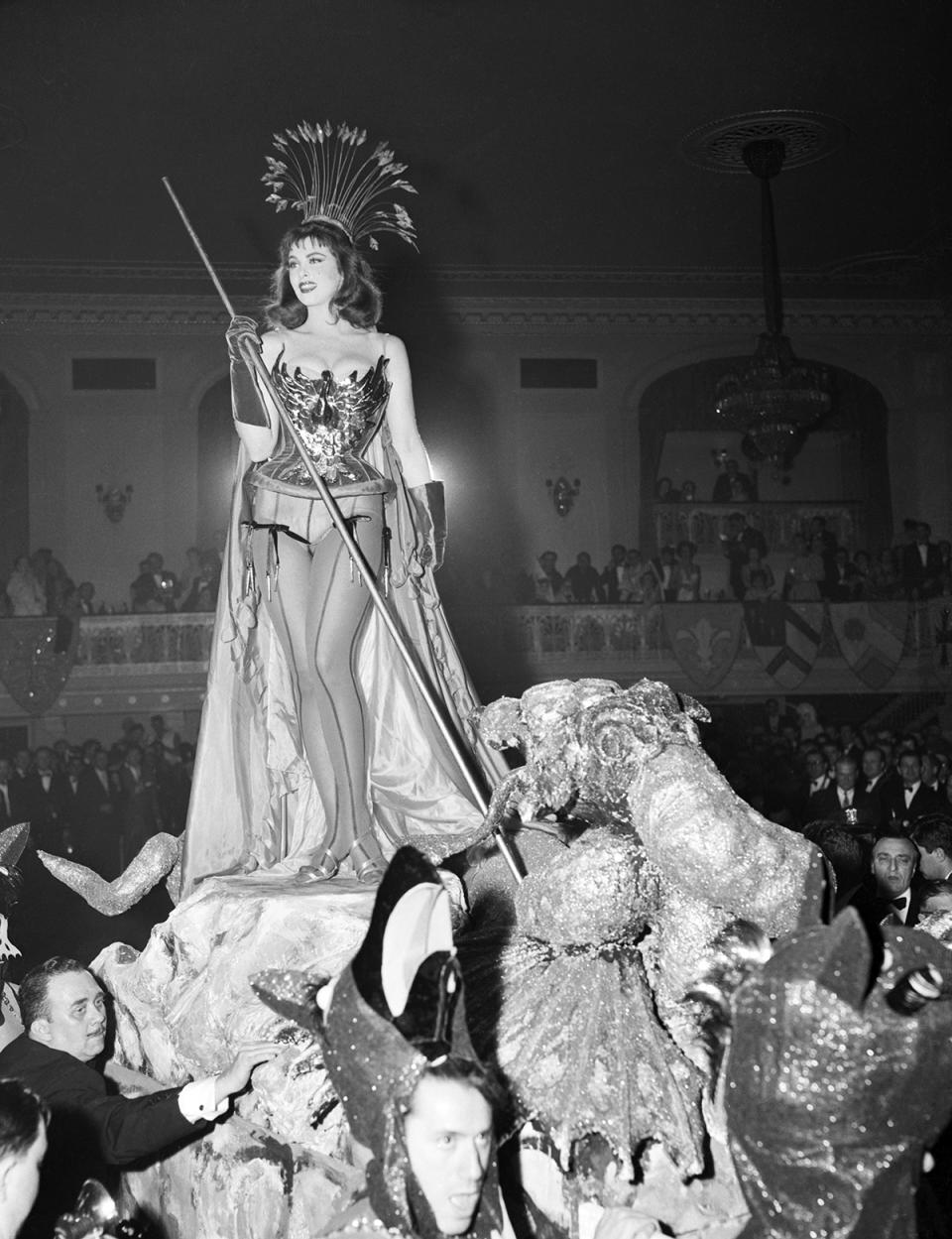
Getty Images
While it all sounds so sexist, Tina Louis certainly embraced it at the time. Described in the same piece as a "cafe canary," she had been enjoying singing engagements at Hollywood's Ciro's and New York's Cupidon. "When I sang at the Cupidon," she said, "men filled up the balcony looking down at me sing. I had to have my dresses made especially for the balcony trade."
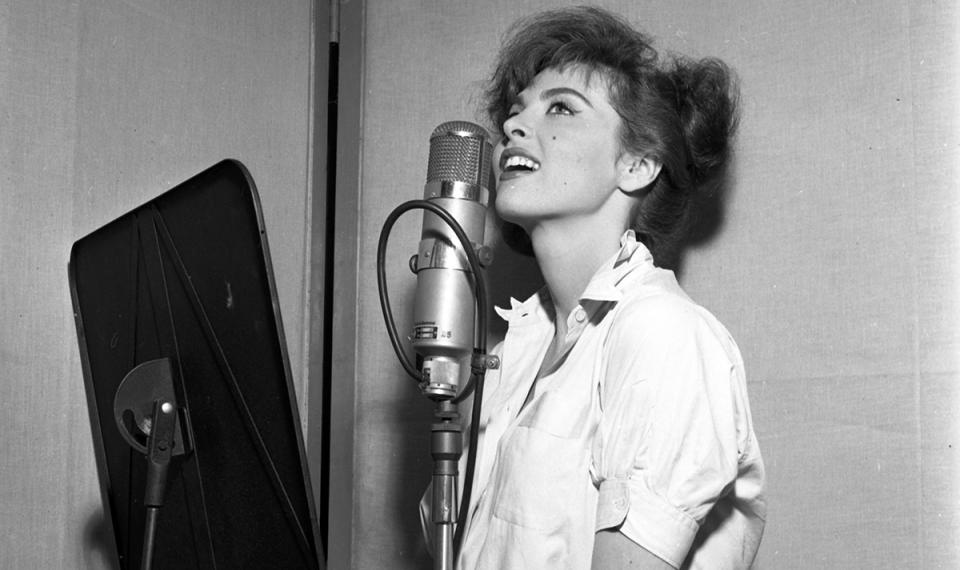
PoPsie Randolph/Michael Ochs Archives/Getty Images
In 1957, she went into the studio to record her only album, It's Time for Tina. It would consist of a dozen tracks, including "Tonight is the Night" and "I'm in the Mood for Love." She explained to The Columbia Record at the time, "It's sort of a package deal. The record company — Harlequin — wants to make some records with me and have a very beautiful cover. I started as a singer, but that was just a means to an end — acting. Singing led to acting and now acting is leading back to singing."
Hollywood Calls, Tina Louise Answers
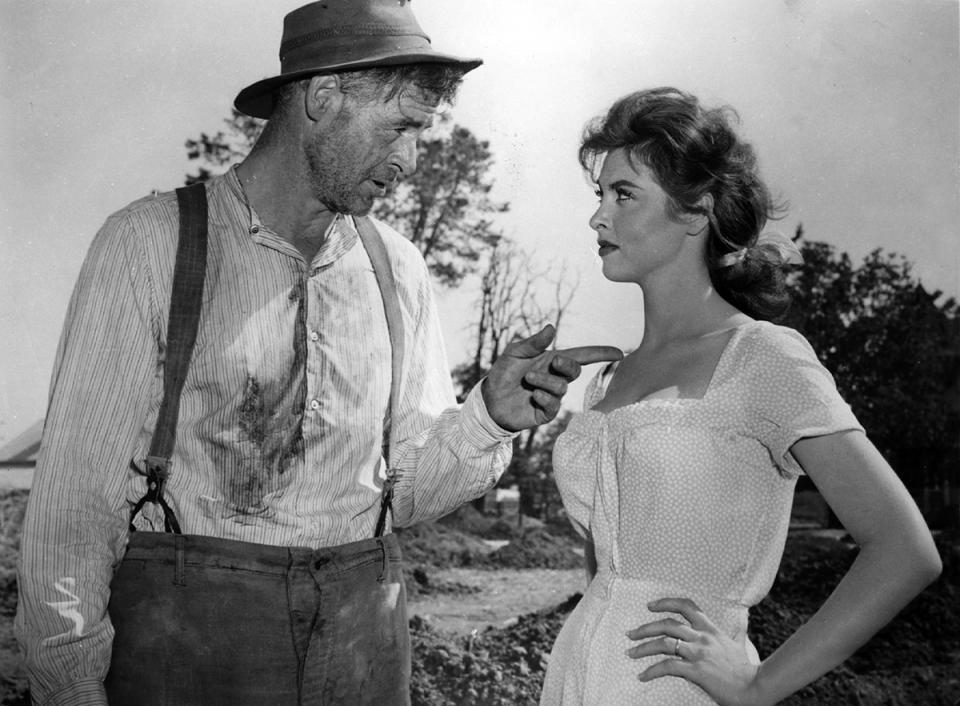
FilmPublicityArchive/United Archives via Getty Images
In 1958, she made her film debut in the comedy drama God's Little Acre, co-starring with Robert Ryan, Buddy Hackett and Jack Lord (later of Hawaii 5-0). Although the part wasn't huge, it was enough to convince Tina that she was ready to leave the stage behind. "I don't like the tension of being on stage," she explained. "I like to relax and build a scene, and I feel I can do this best before the camera, not the footlights."
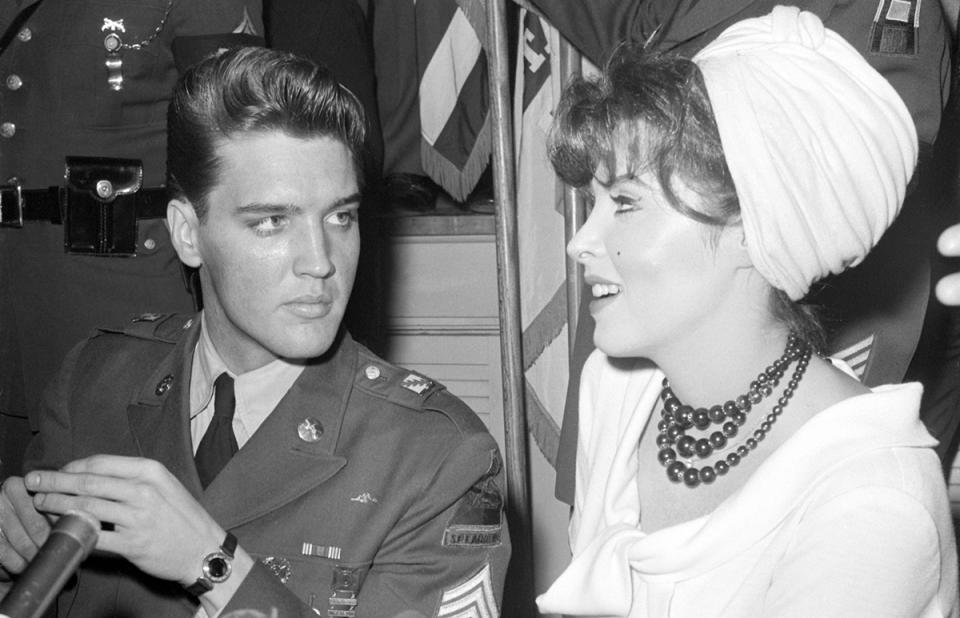
Getty Images
She followed with the Westerns The Trap and The Hangman, before relocating to Italy to star in 1960's L'assedio di Siracusa and The Warrior Princess. "I came here," she told The Los Angeles Times on June 9 of that year, "because I couldn't do anything artistic in Hollywood. What choice did I have after nine months of doing nothing?"
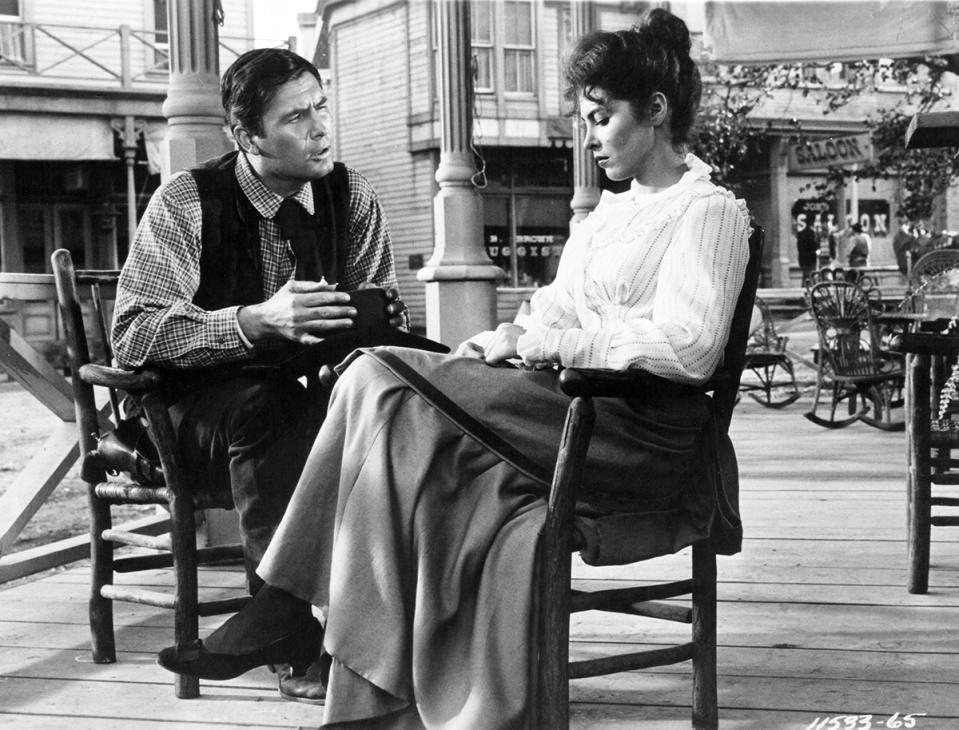
Archive Photos/Getty Images
Still unsatisfied, even after those filmmaking experience, she made a surprising decision. "I took a year off and gave myself a break," she reflected to The North Adams Transcript on September 26, 1964. "If Marilyn Monroe could do it, so could I. I enrolled with Lee Strasberg at the Actors Studio. I learned how to get inside a character. What to think about a character. How to be aware of what's going on in a scene besides what's going on with your own character. And most important of all, I discovered I didn't need to rely on glamor as long as what I was doing was good. But a year away from an audience and a paycheck was a long time, so I decided I must re-emerge."
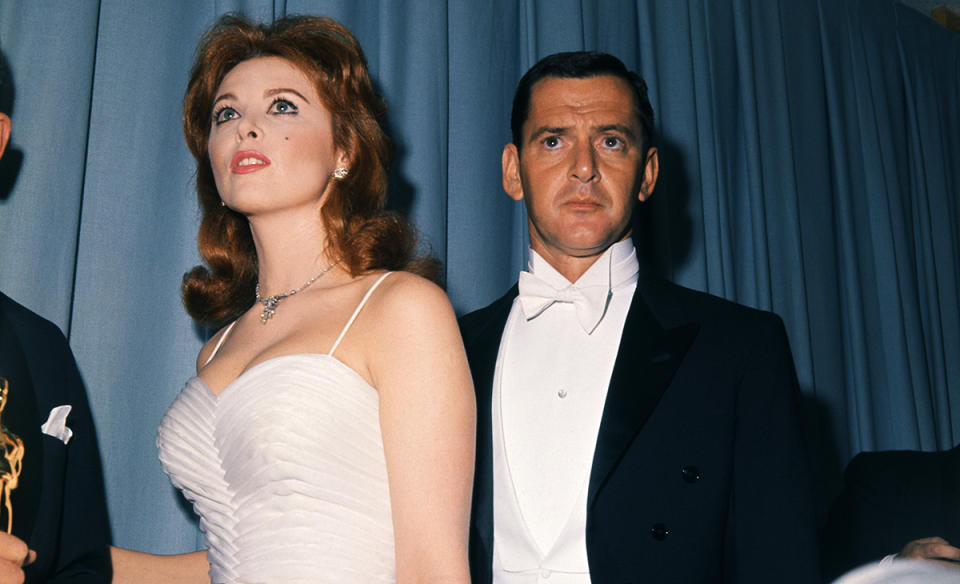
Getty Images
Which she did, appearing on eight different TV shows between 1961's Tales of Wells Fargo and 1964's Mr. Broadway. Also in 1964, she was back on Broadway in the Carol Burnett musical Fade Out-Fade In, playing once again, as she put it, a "glamor puss."
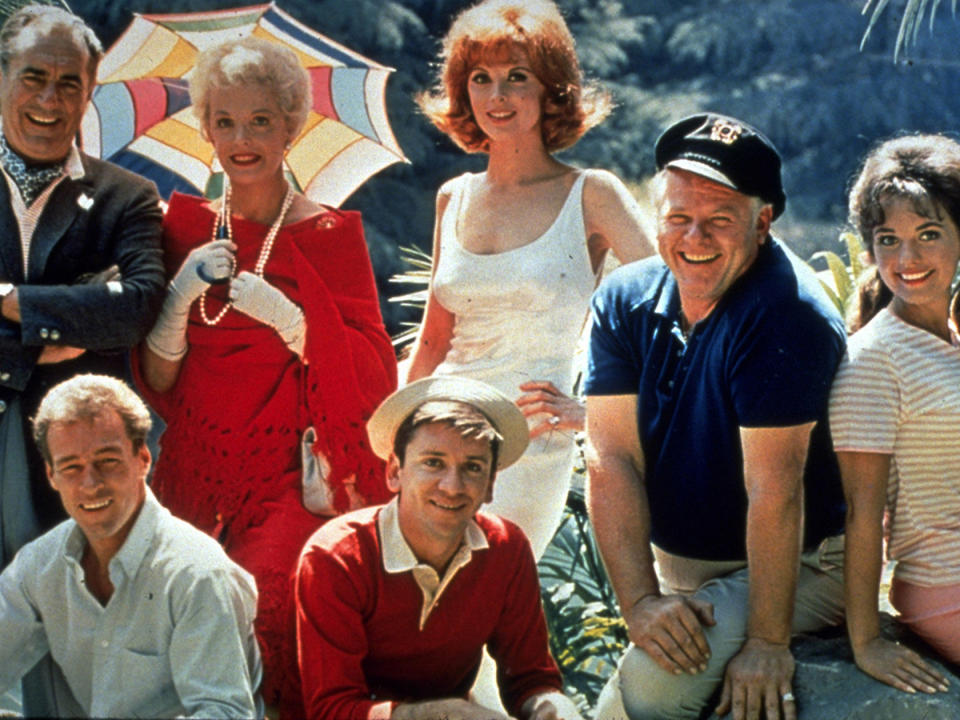
?CBS/courtesy MovieStillsDB.com
It was during the show that her agent approached Tina about the Gilligan's Island television series, which would literally change her life — for good and for bad. Prior to the show's debut, the Asbury Park Press wrote, "This is Tina's first series and she's very excited about it. 'No matter what I've ever done in show business, nothing has brought me as much recognizability as a TV guest shot. Once, after a show, a shopkeeper didn't cash my check, because he collected celebrity signatures on checks. And that's a big compliment as well as a saving."
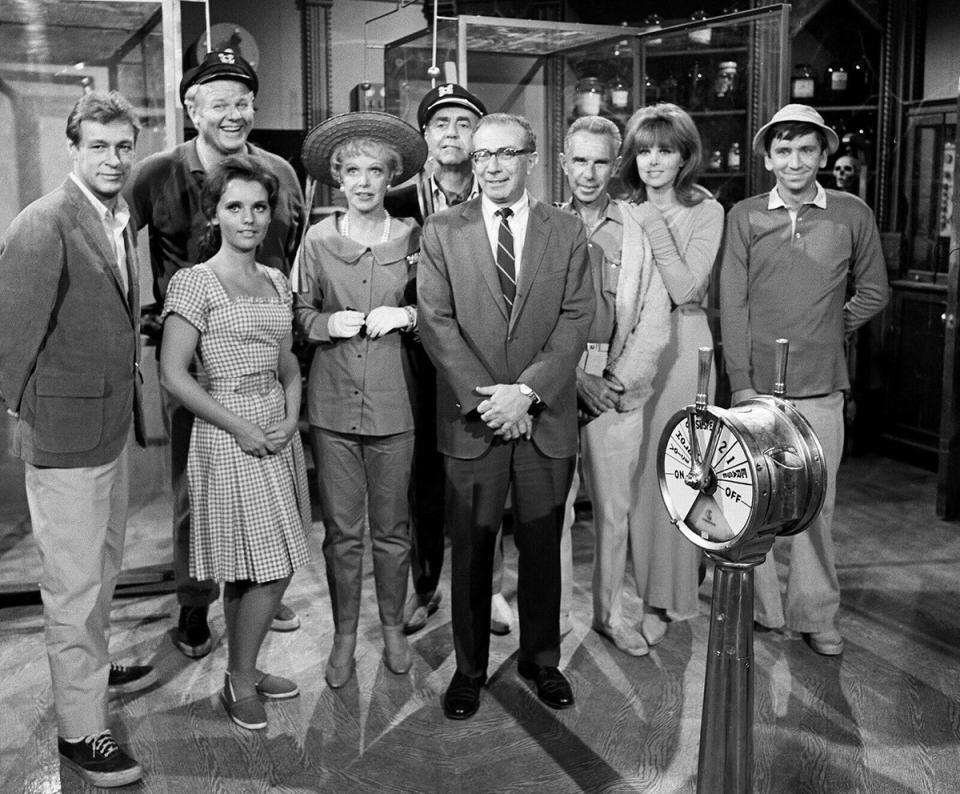
?CBS/courtesy MovieStillsDB.com
The following year, as Gilligan's Island rose to number 3 in the ratings, she told The Advocate-Messenger, "I knew I was taking a chance, but since I hadn't worked in quite a while, I felt I needed the wide exposure that only TV can give you. Well, the show made a big splash — success breeds success — and in the future this will give me a chance to do more varied roles, both comedy and serious ones. There have even been discussions, too, about my playing a dramatic role in a movie. Like others, I've found more doors open for you if you are doing something successful."
MUST-READ: Gilligan's Island Cast — Surprising Facts About the Stars of the Beloved Castaway Comedy
Life After Gilligan's Island

?Columbia Pictures/courtesy MovieStillsDB.com
Unfortunately, it didn't work out that way. As noted at the outset, her career certainly continued after the show's end in 1967, but the limitations she felt as a result of the show has definitely caused her to look back negatively at the show.
Lloyd Schwartz, the son of series creator Sherwood Schwartz, offers this explanation for her feelings: “It’s legendary that when she was asked to do the show and agreed to do the show, she was in a play. She was just a semi-star at the time and they told her it was about a movie star that was going to be stranded on an island with several other people. That’s how they got her to do it. But after a few episodes, she went in to talk to my dad and said she didn’t understand why all this focus was on these other characters. He said, ‘Doesn’t the title Gilligan’s Island give you a hint?’ So somebody did their job and got Tina Louise. After that came many years of resentment.”

Photo by TPLP/Getty Images
Despite this being fairly well-known — reinforced by the fact that she didn't participate in any of the TV reunion movies or the two animated series it inspired — it's an idea that she's actually pushed back on. In fact, when the show was celebrating its 55th anniversary, she told closerweekly.com:
"On this 55th anniversary oif Gilligan's Island, I want to say how wonderful it is that our show is still on the air after all these years. I honestly feel like I have so many friends out there who just love what we did and what we shared and the joy we brought. I'm so happy to have been part of something that was so special to American television ... This sweet, silly show provided its fans with calm and joy in a frightening time and has continued to do so. Well done television transports people into a fantasy and no matter what turmoil exists in the world, Gilligan’s Island has provided that escape in an enduring way. Considering the state of everything these days, we should all be happy it’s still in reruns!”
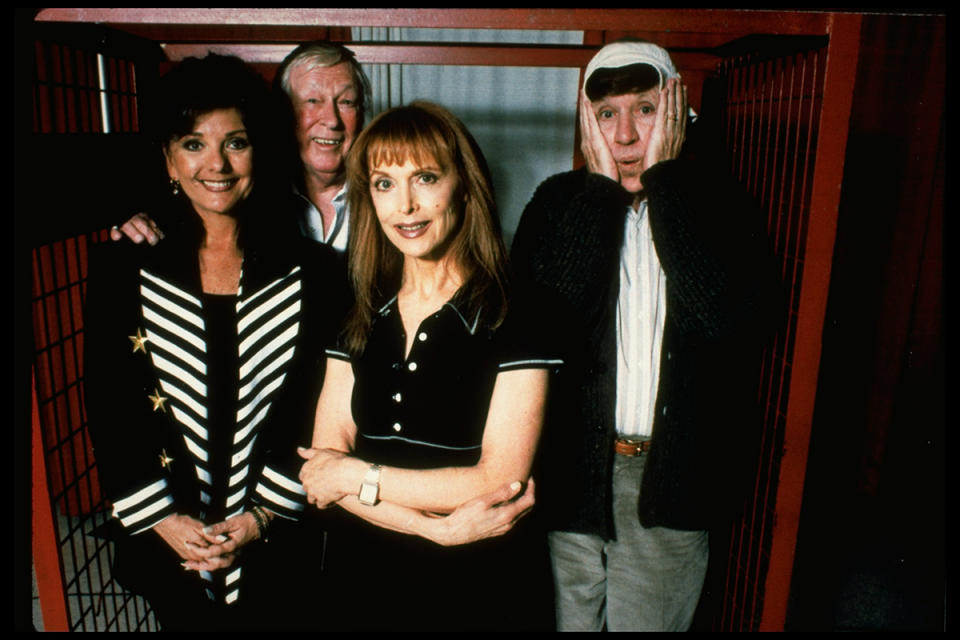
(PThomas S. England/Getty Images
In her private life, Tina Louise, who is now 90, was married once (to Les Crane from 1966 to 1971) and is the mother of Caprice Crane.
